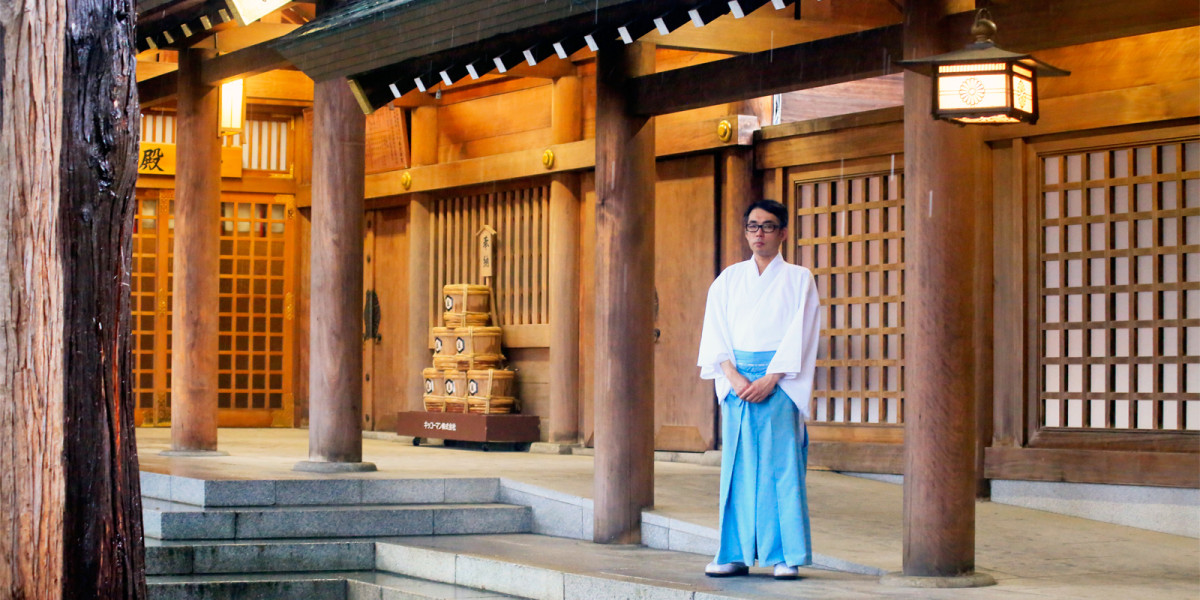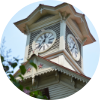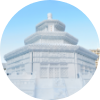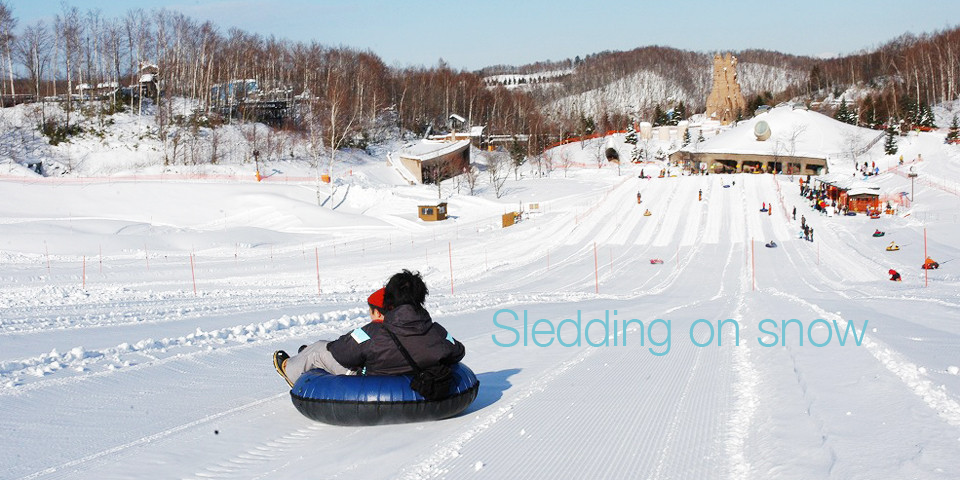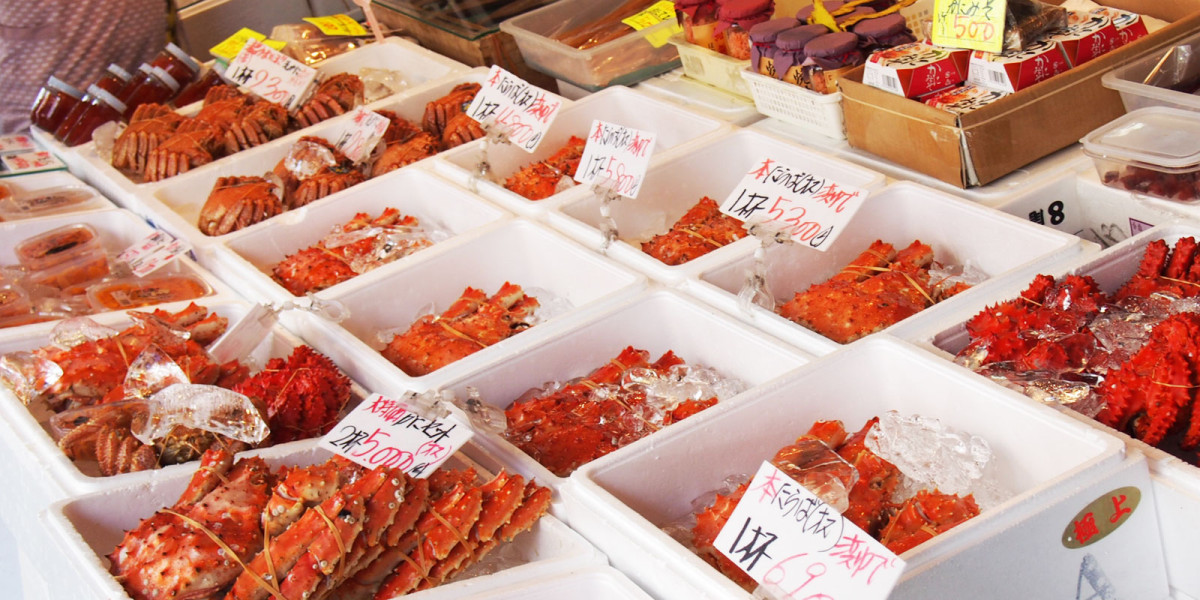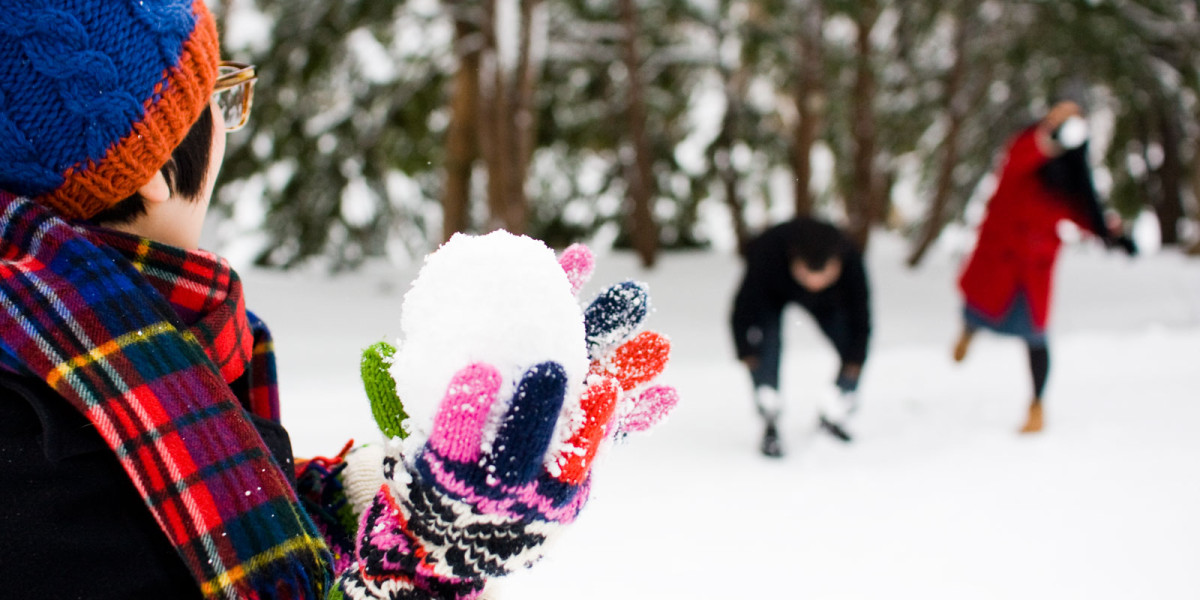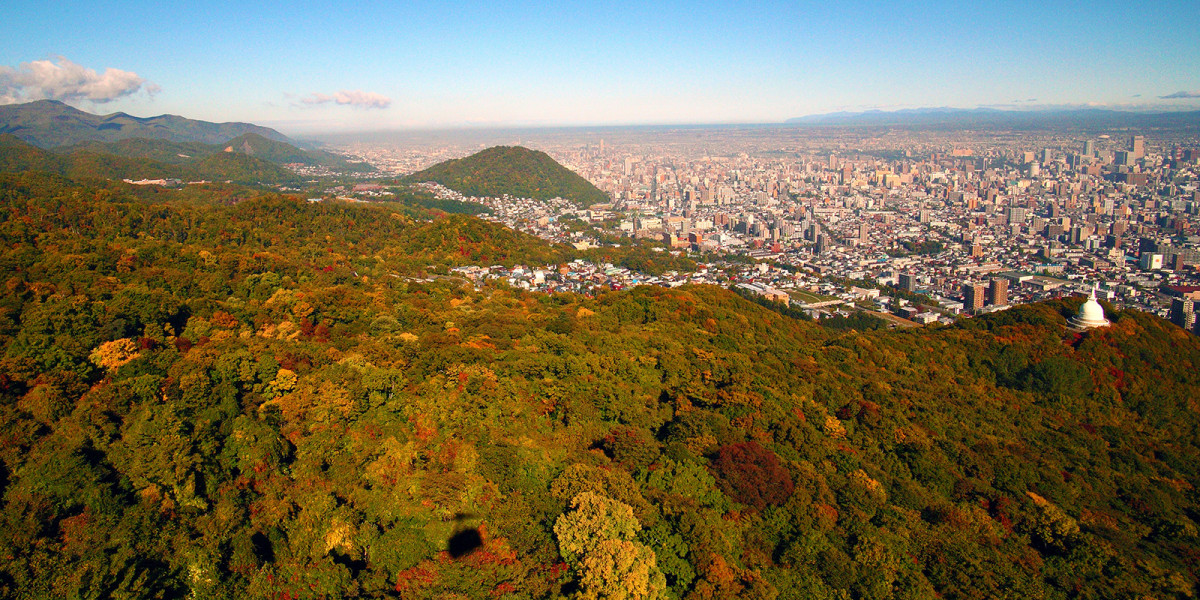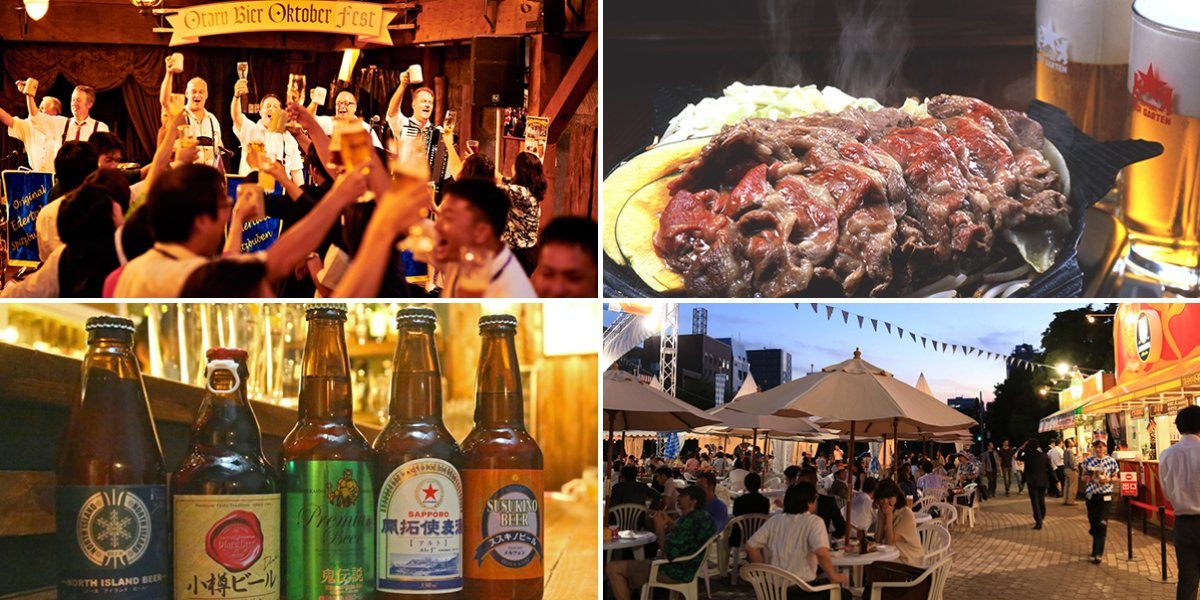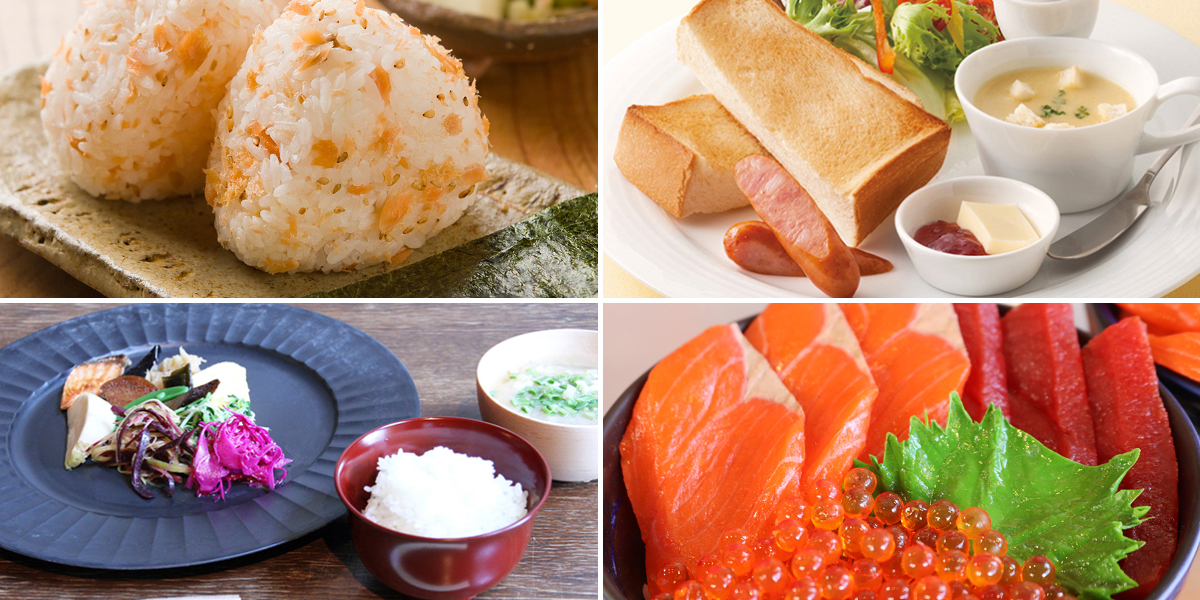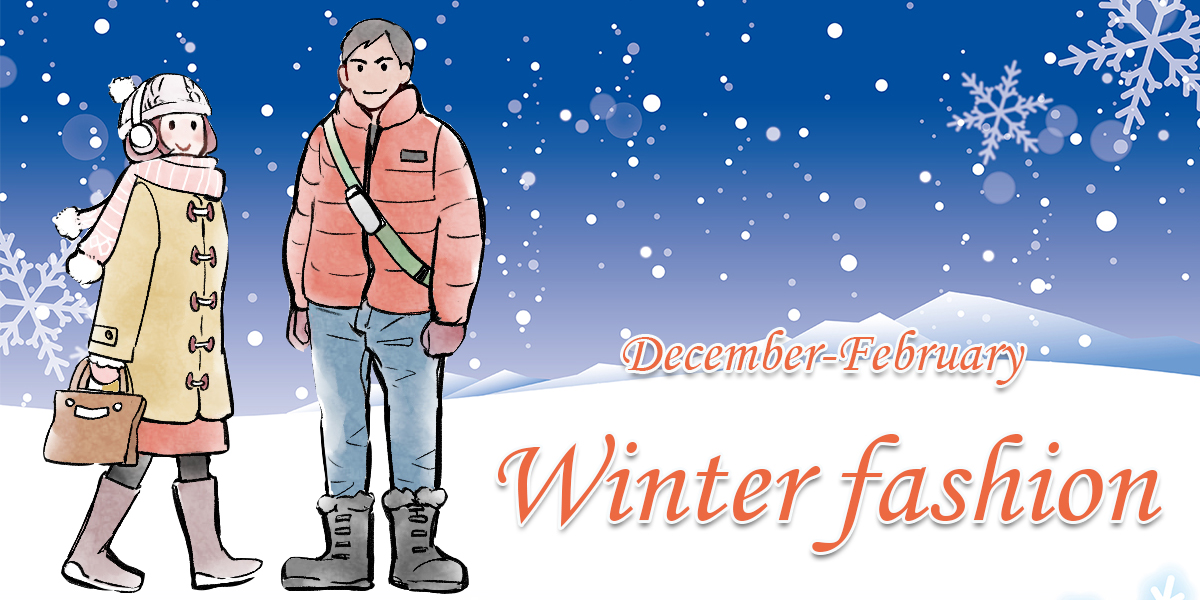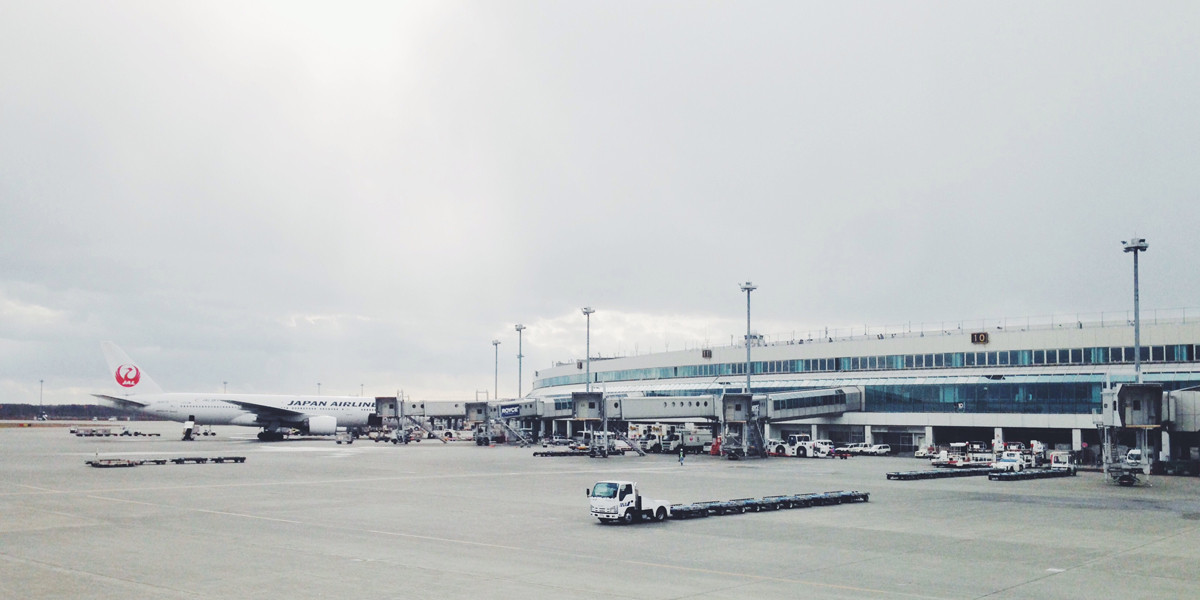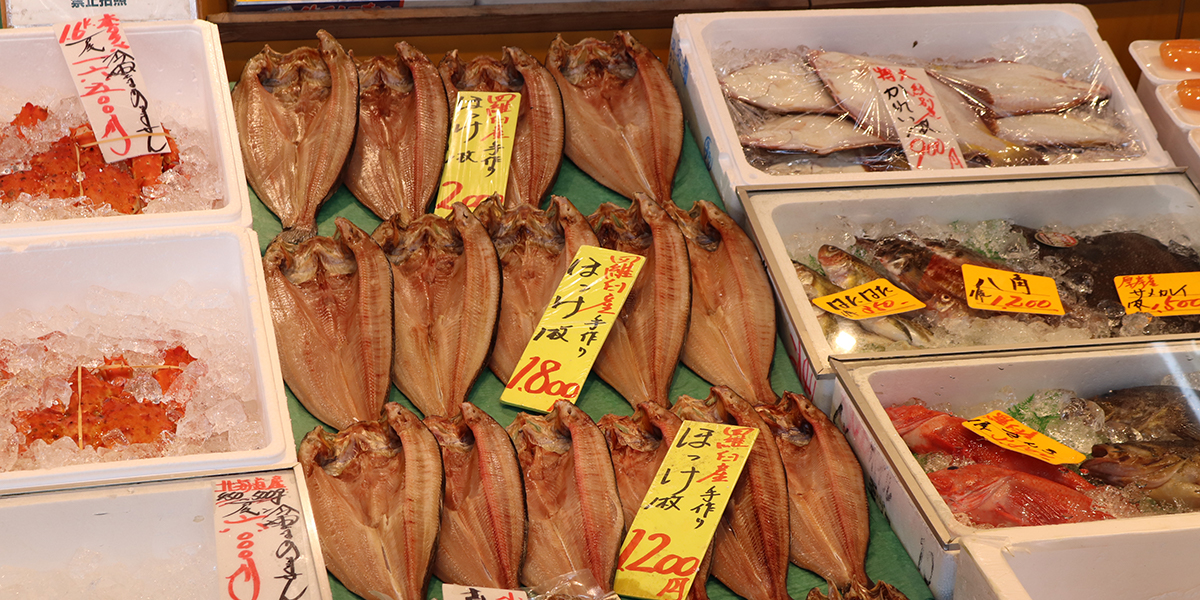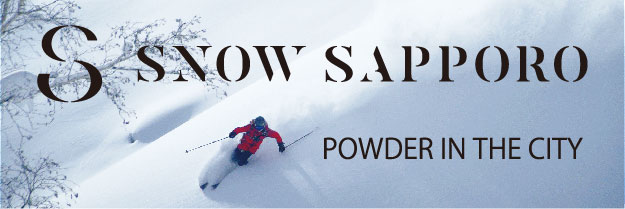The shrine is the hub of communication and gives birth to culture Isamu Ito, “gonnegi” priest at Hokkaido Shrine
Hokkaido Shrine is a shrine in Maruyama where various traditional Japanese events are held from day to day, including the first shrine visit of the year, expelling evil spirits, the beginning of the seasons, the Seven-Five-Three festival (for three- and seven-year old girls and three- and five-year old boys), harvest festivals, etc. Many overseas visitors in Sapporo would pay a visit to Hokkaido Shrine out of their interest in the Japanese culture. We asked Isamu Ito, a “gonnegi” Shinto priest, about the life and events at Hokkaido Shrine.
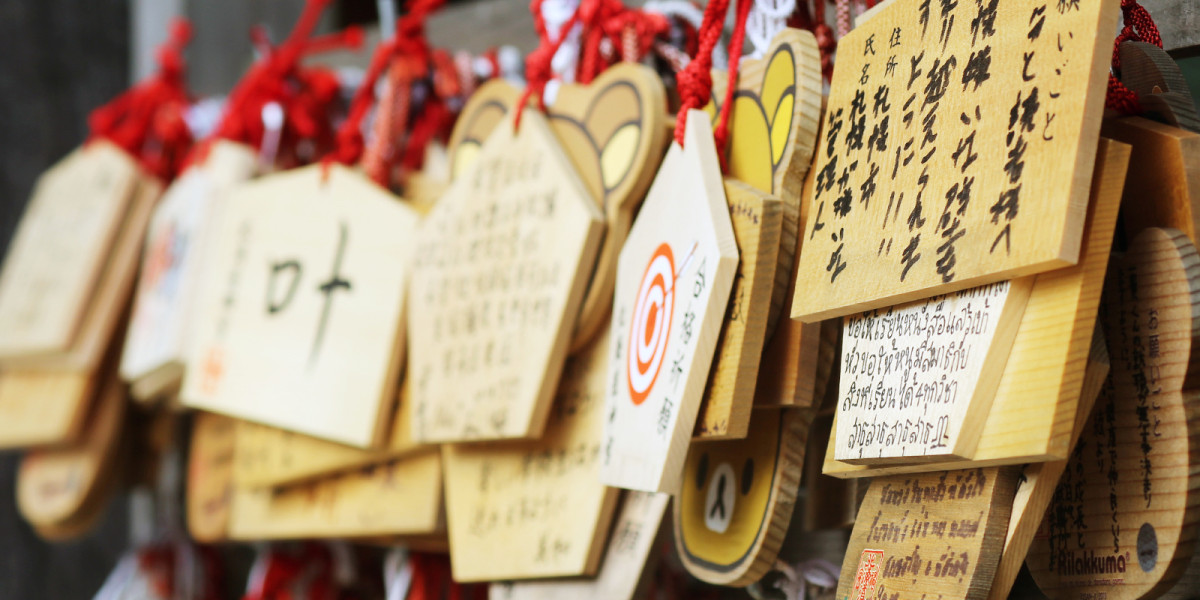
Visitors from overseas are first surprised by the cleansing water at the entrance
“As you will find out if you look at the prayers written on the ema (wooden tablets) in the precinct, lately there has been an increase in the number of visitors from East and Southeast Asia, notably from China and Korea but also Thai, Indonesia, the Philippines, Malaysia, and Vietnam. Overseas visitors are first surprised by the cleansing water at the entrance. In the old times this ritual was called misogi and people had to cleanse their bodies in the river, waterfall, stream or sea before visiting the shrine. The cleansing water at the entrance is a simplification of that ritual. Visitors are impressed by the rich amount of water Japan is endowed with when you look at the water that flows out continuously the whole day. I also heard that the Russians share the Japanese faith of the earth and they are interested in visiting the shrines. No doubt, people’s faiths are different and I try to take their cultural background into account when showing them around the shrine.”
Hokkaido Shrine is an important location to learn about Japanese culture for overseas tourists in Sapporo, and in 2013 alone, around 140 thousand overseas tourists have visited Hokkaido Shrine.
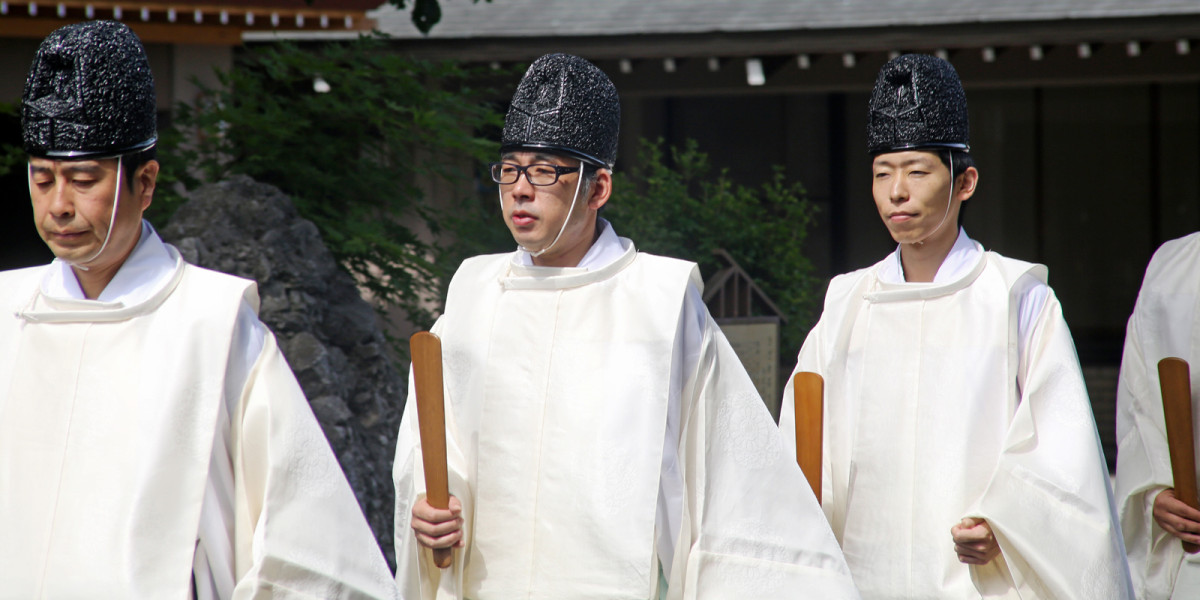
History of Emperor Meiji and the pioneering days
“The history of Hokkaido Shrine began in 1869 when the Emperor Meiji decreed the ‘three pioneering gods’ be enshrined as the spiritual haven of the Hokkaido people. In 1964, the Emperor Showa approved the additional enshrinement of the Meiji Emperor. 50 years later on September 14 this year, the Japanese archery on horseback known as ‘yabusame’ will be held. On September 27, nine ornately decorated parade carriages will gather at the shrine precinct and be carried around the shrine. This is something not even Sapporo local residents get to see that often. I sincerely hope that through this festival visitors will come to learn about the pioneering days of Hokkaido and appreciate the pioneers who took it upon themselves to develop Hokkaido at its early stage.”
Hokkaido Shrine is where Sapporo citizens held Japanese traditional events and overseas tourists may learn about Japanese culture as well as the history of the pioneering days.

Isamu Ito
“Gonnegi” priest at Hokkaido Shrine
Born 1973 in Yachiyo City, Chiba Prefecture. Graduated from the private Yachiyoshoin High School and later the Department of Shinto Culture at Kokugakuin University. He became involved in Hokkaido Shrine in 1998. From 2012, he worked for PR and other related matters at the Kyoka (Strengthening) Department.

